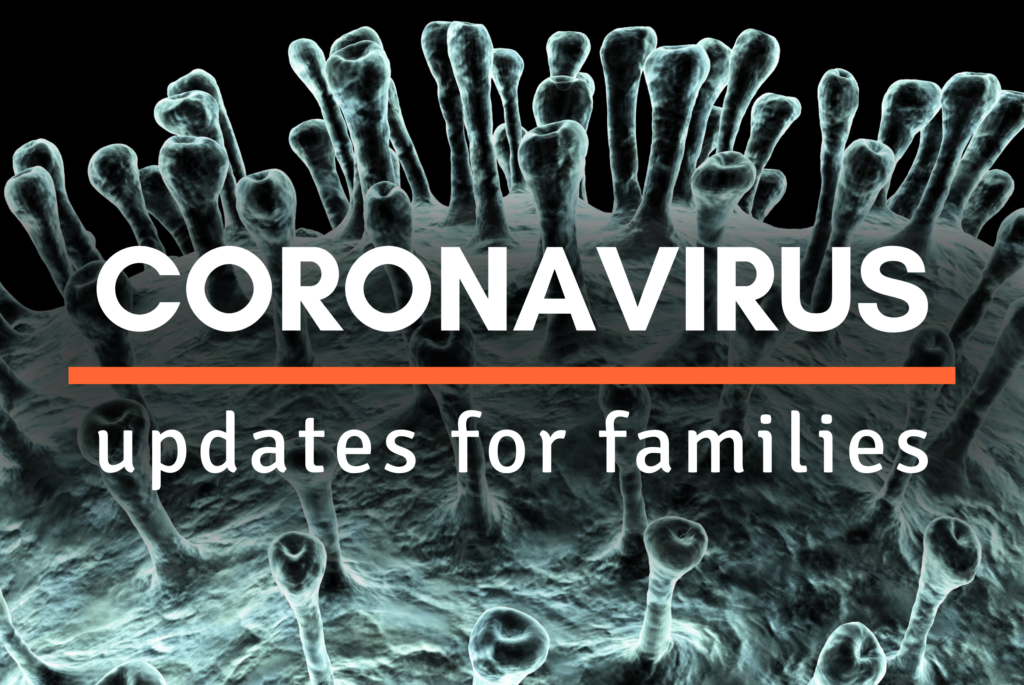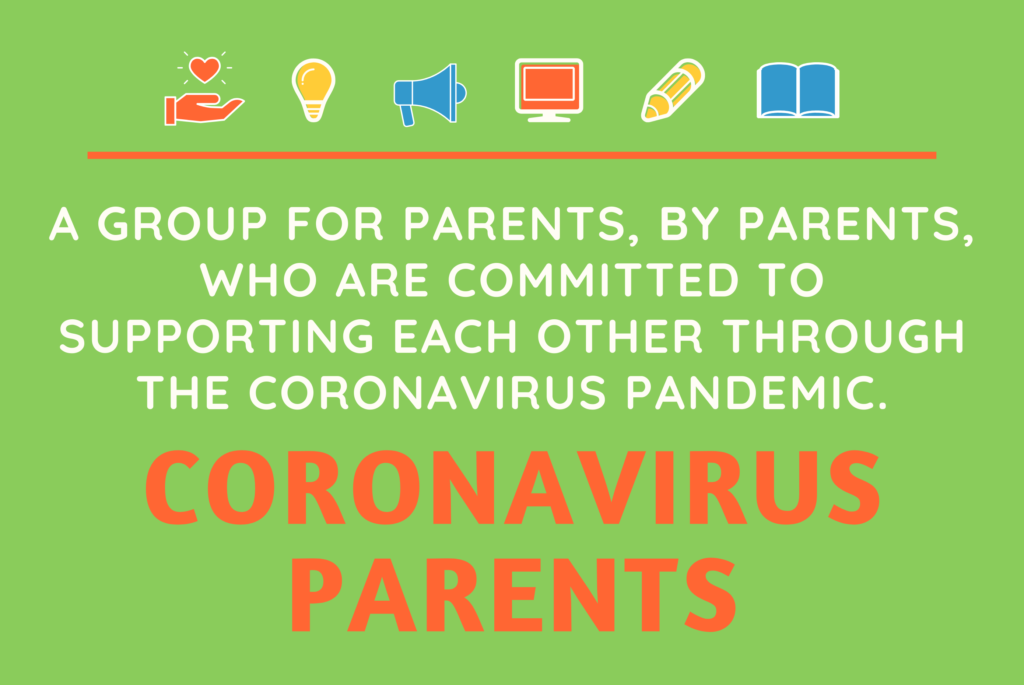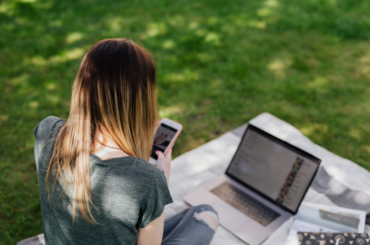As the coronavirus sweeps the globe and rapidly spreads across the U.S., parents are confronting the reality that their child’s school could close down for a few days, two weeks, or even longer.
Even though the symptoms caused by the novel coronavirus have been shown to be milder in children, kids can potentially spread the virus to more vulnerable community members, such as older adults.
That’s why public health officials may recommend school closures during epidemics or pandemics—even though the effectiveness of doing so is debated. Previous studies have found that school closures are most effective if implemented at the onset of an outbreak. And unfortunately for parents, once schools are closed, a 2010 study found it was best to keep them closed throughout an epidemic (potentially months).
But that’s never happened in the U.S., has it?
School closures are not as far-fetched in the U.S. as parents might think. They’ve happened before—as far back as 1918, when the Spanish Flu pandemic struck the U.S. and school closures were credited with saving countless lives. In fact, later analysis showed that closing schools prior to the pandemic spiking (so-called “proactive” closures) saved far more lives than reactive closures, which happened after cases among parents, teachers, or students were reported. “St. Louis closed the schools about a day in advance of the epidemic spiking, for 143 days. Pittsburgh closed 7 days after the peak and only for 53 days. And the death rate for the epidemic in St. Louis was roughly one-third as high as in Pittsburgh,” Nicholas Christakis, a social scientist and physician at Yale University, told the American Association For the Advancement of Science. “These things work.”
We’ve closed schools in response to widespread illnesses more recently as well, like during the H1N1 influenza in 2009. When the “swine flu” pandemic hit, 1,300 schools closed in 240 communities across the U.S. At first, the Centers for Disease Control and Prevention (CDC) recommended closing schools for 7 days whenever an H1N1 influenza case was found in a school’s population; later, the CDC bumped that recommendation up to 14 days.
It’s no surprise that those 2009 school closures caused some real challenges for families, including uncertainty about whether other schools and venues were going to close, parents having to skip work or find childcare on very short notice, and kids lacking access to the free lunch and breakfast normally provided at school. Ultimately, though, in a survey of parents affected by the 2009 school closures, 90 percent said they agreed with the decision (although most closures lasted 3 days or less).
For parents concerned about whether their child’s school will close, their best bet is to keep their own child healthy and consider back-up plans should they be faced with a closure of a few days or weeks.

For ongoing updates on coronavirus-related issues and questions that impact children and families, please find additional resources here.

Dealing with school closures, childcare issues, or other challenges related to coronavirus? Find support, advice, activities to keep kids entertained, learning opportunities and more in our Coronavirus Parents: Parenting in a Pandemic Facebook Group.







